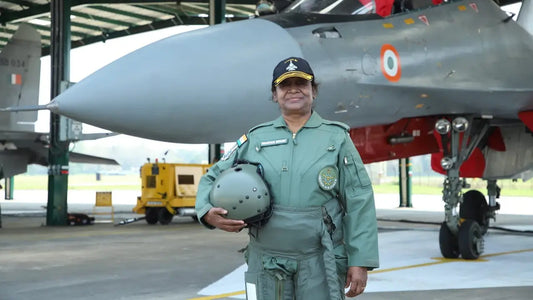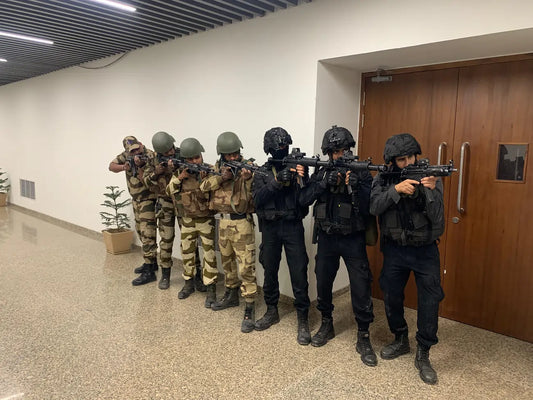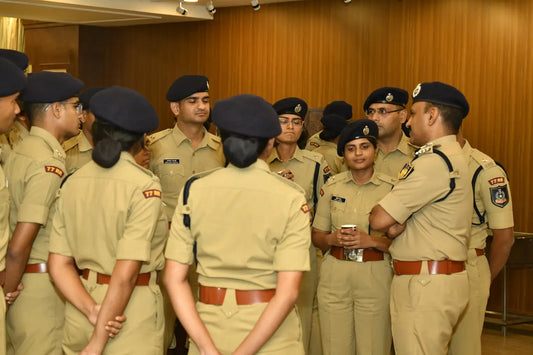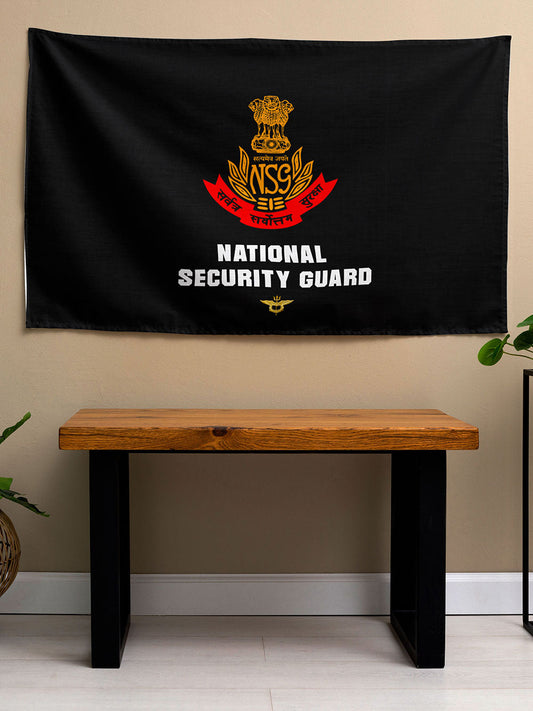Pakistani Farmer Mistakenly Downs Own Military Drone Amidst Operation Sindoor Conflict
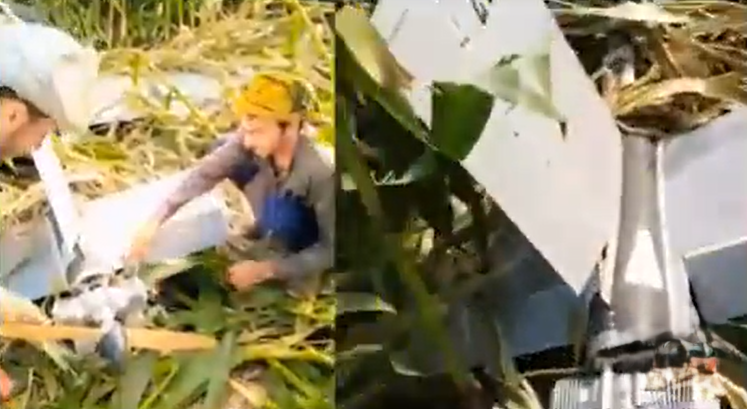
In a peculiar development during the May 2025 conflict between India and Pakistan, a farmer from Sialkot named Sufyan garnered national attention after he mistakenly shot down a drone over his land that was later identified as Pakistan's own. The unmanned aerial vehicle was a Yiha-II, marked with serial number 24-043, a high-precision UAV co-developed by Turkey’s Baykar and the Pakistani defense sector.
This incident unfolded amid Operation Sindoor, a four-day military flare-up commencing on May 7, which followed a terrorist attack on April 22 in Pahalgam, Jammu and Kashmir, that resulted in the loss of 26 civilian lives. India's response involved airstrikes on terror bases across the border, prompting Pakistan to launch a massive drone offensive using more than 300 Turkish-manufactured drones, including the Yiha-III and Asisguard Songar models.
However, many of these UAVs failed to penetrate Indian airspace due to technical issues and operational mishandling, crashing within Pakistani borders. Among these was the drone targeted by Sufyan, who mistook it for an Indian aircraft and shot it down with his rifle. The drone's crash in his field drew a crowd of locals who attacked the wreckage, mistakenly celebrating a supposed act of national defense.
The Pakistani Army initially lauded Sufyan's perceived "heroism," even offering him a reward. But the narrative shifted when investigations revealed the drone was a domestic Yiha-II, a $30,000 precision loitering munition armed with Turkish OMTAS anti-tank missile technology, engineered for extended operation and advanced maneuverability.
Adding to the irony, a local reporter disparaged Indian drones as inferior during coverage of the event, unaware that the downed drone was part of Pakistan's esteemed UAV fleet.
Similar incidents were reported, with at least four other drones failing within Pakistani airspace during the conflict. Analysts critiqued the preparedness of Pakistan’s UAV operations, citing inadequate operator training, maintenance flaws, or broader systemic deficiencies. A Pakistani defense expert remarked on a forum that the crashes indicated either unreliability of the drones or Pakistan's unpreparedness in handling them.
In contrast, India’s Army Air Defence units effectively countered the drone threat using a combination of upgraded Cold War-era weaponry and the indigenous Akashteer system. Indian forces successfully neutralized numerous Pakistani drones, including Yiha-III and Songar models, across Punjab, Jammu and Kashmir, and Rajasthan, thanks to their sophisticated jamming and counter-drone technologies.
Air Marshal AK Bharti commented on Pakistan’s drone fleet performance, stating, “These so-called cutting-edge drones were no match for our battle-proven systems.” The Akashteer system, akin to Israel’s Iron Dome for its low-altitude threat interception, played a key role in neutralizing Pakistan’s UAVs.
Despite the revelation, Sufyan remained unfazed and was last seen taking selfies with the drone wreckage before it was removed by the Pakistani Army. The incident has come to symbolize the disorder and confusion that characterized Pakistan’s drone strategy during the brief but intense military engagement.
The aftermath has also impacted Turkey’s defense exports, as the underperformance of the Yiha-II in this conflict raises concerns about its effectiveness in high-threat scenarios. For Pakistan, the episode underscores significant challenges in deploying advanced UAV systems efficiently in combat.
